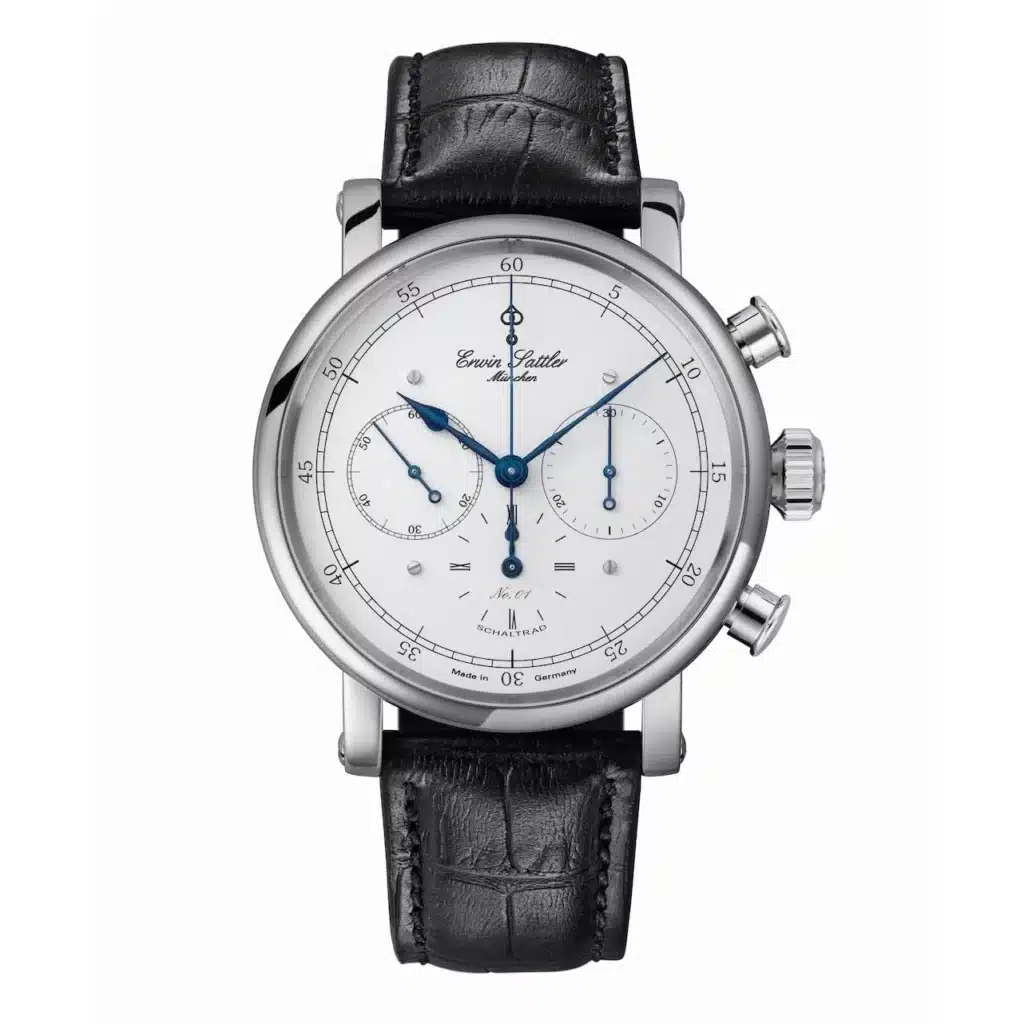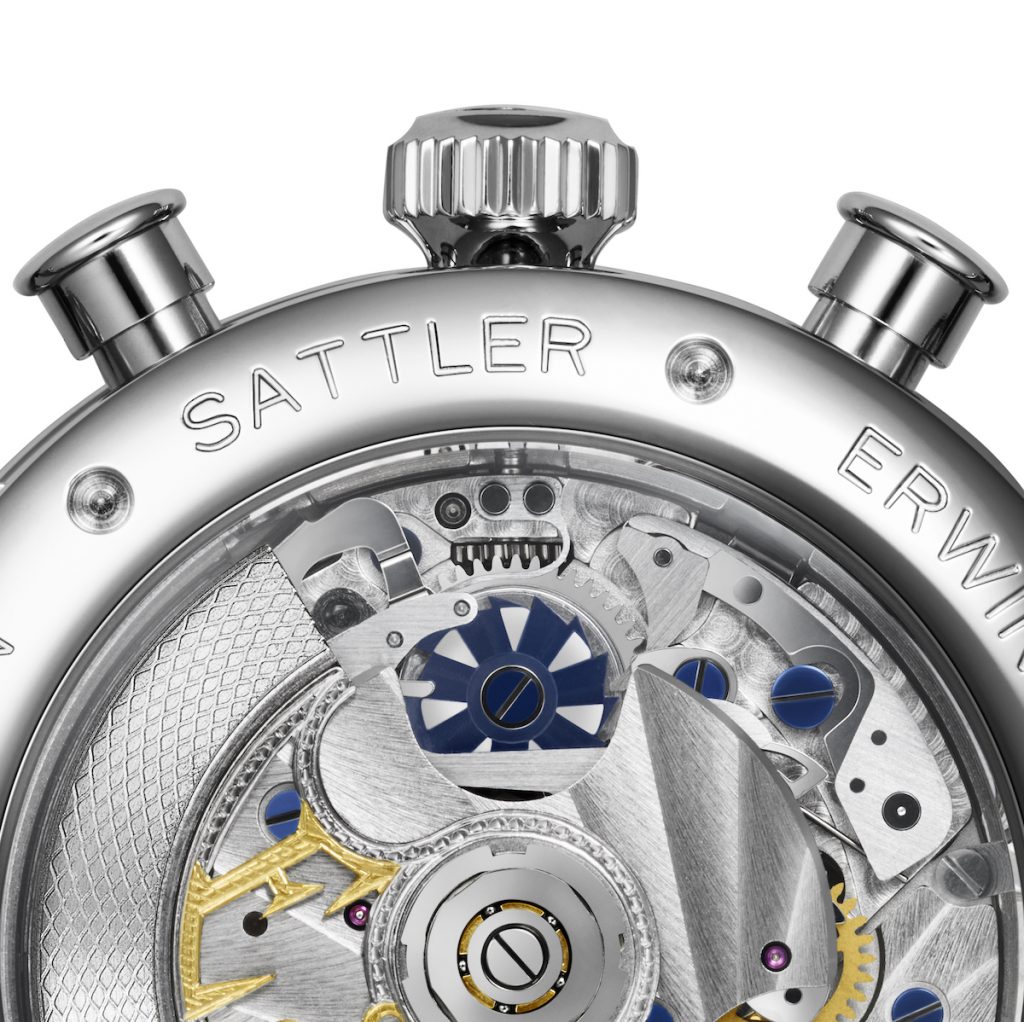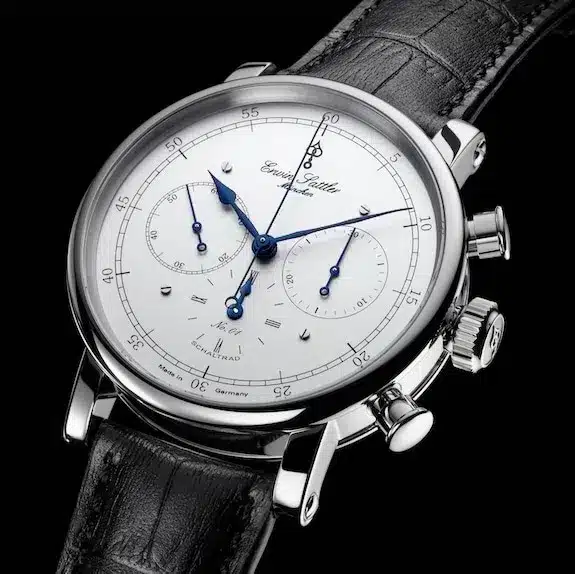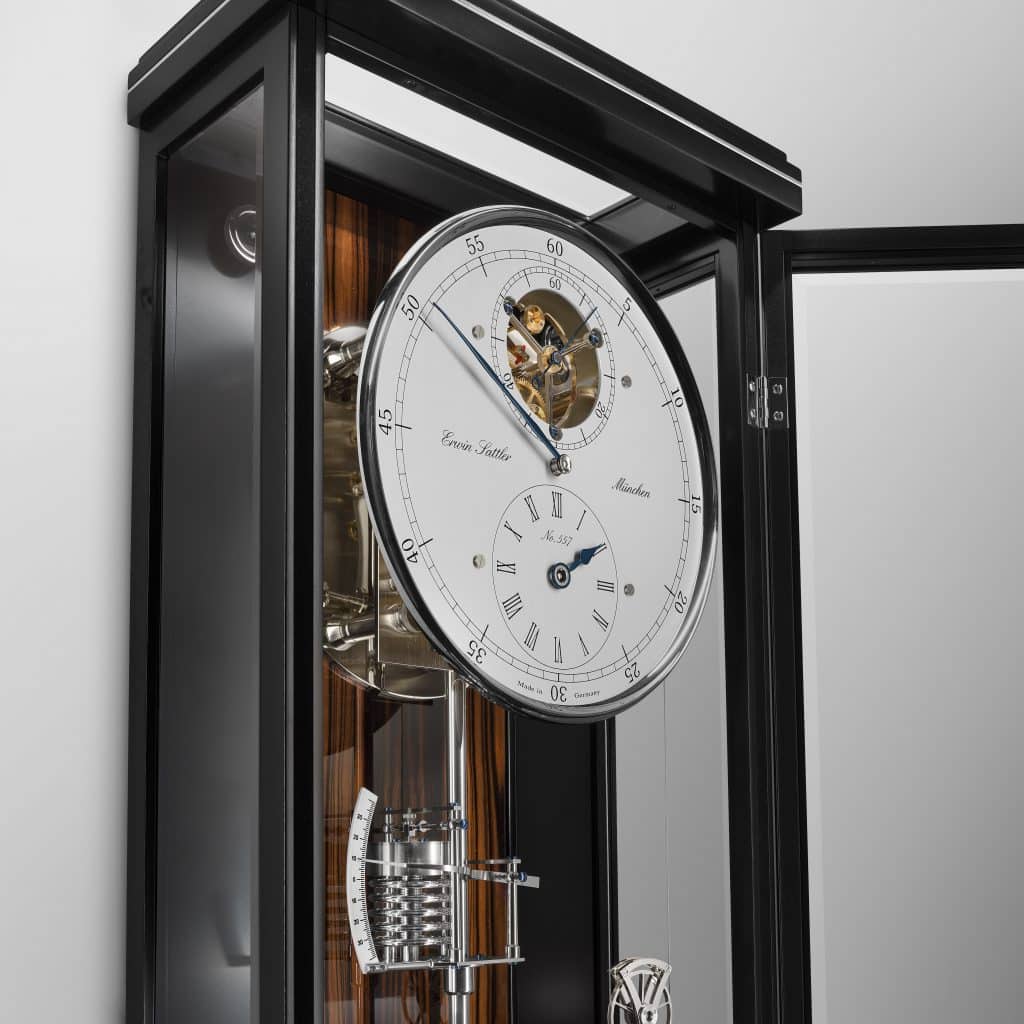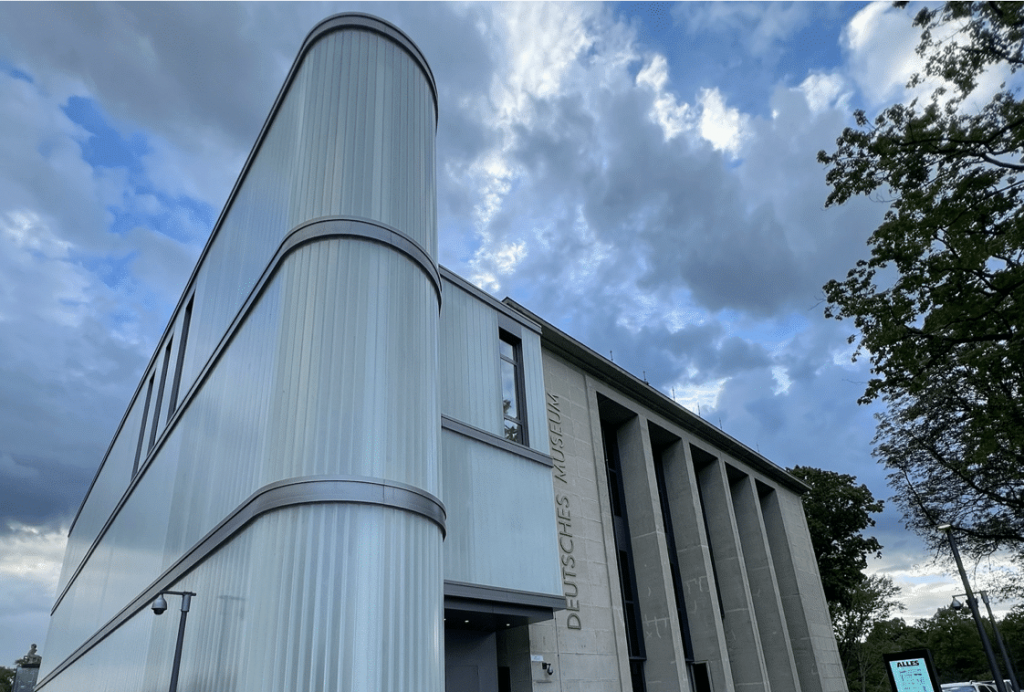Historically, all these facts originally go back to an invention by Nicolas Rieussec. In 1822, this Parisian watchmaker presented his first timewriter, literally translated as chronograph (formed from the Greek “chrónos” and “gráphein”) to the public. In fact, it was, in the truest sense of the word, a time writer. With the help of ink, the measured time was visibly recorded on the dial. Later, it became a common practice to call devices whose hands could be stopped to measure the time chronographs – and this is still the case today.
Later in history, in 1844, the Swiss watchmaker Adolphe Nicole developed the first chronograph in which it was possible to make the hands jump back to zero after a stop. The first use of heart-shaped discs made this function, which is taken for granted today, possible. Of course, there are many other skilled watchmakers who, in the later course of history, invented further details, improved them or made them ready for serial production. Still to be mentioned here, however, is the Breitling company, which has invented the first chronograph with control of the stop functions via two independent pushers. This development was introduced in the 1933s and made the above-mentioned addition stops possible for the first time. In this context, it is also worth mentioning that all early chronographs were of course equipped with the aforementioned column wheel. The variant with a chronograph cam mechanism was only introduced in various newer calibres from 1937 onwards, as a result of a development by the Dubois-Dépraz company.

